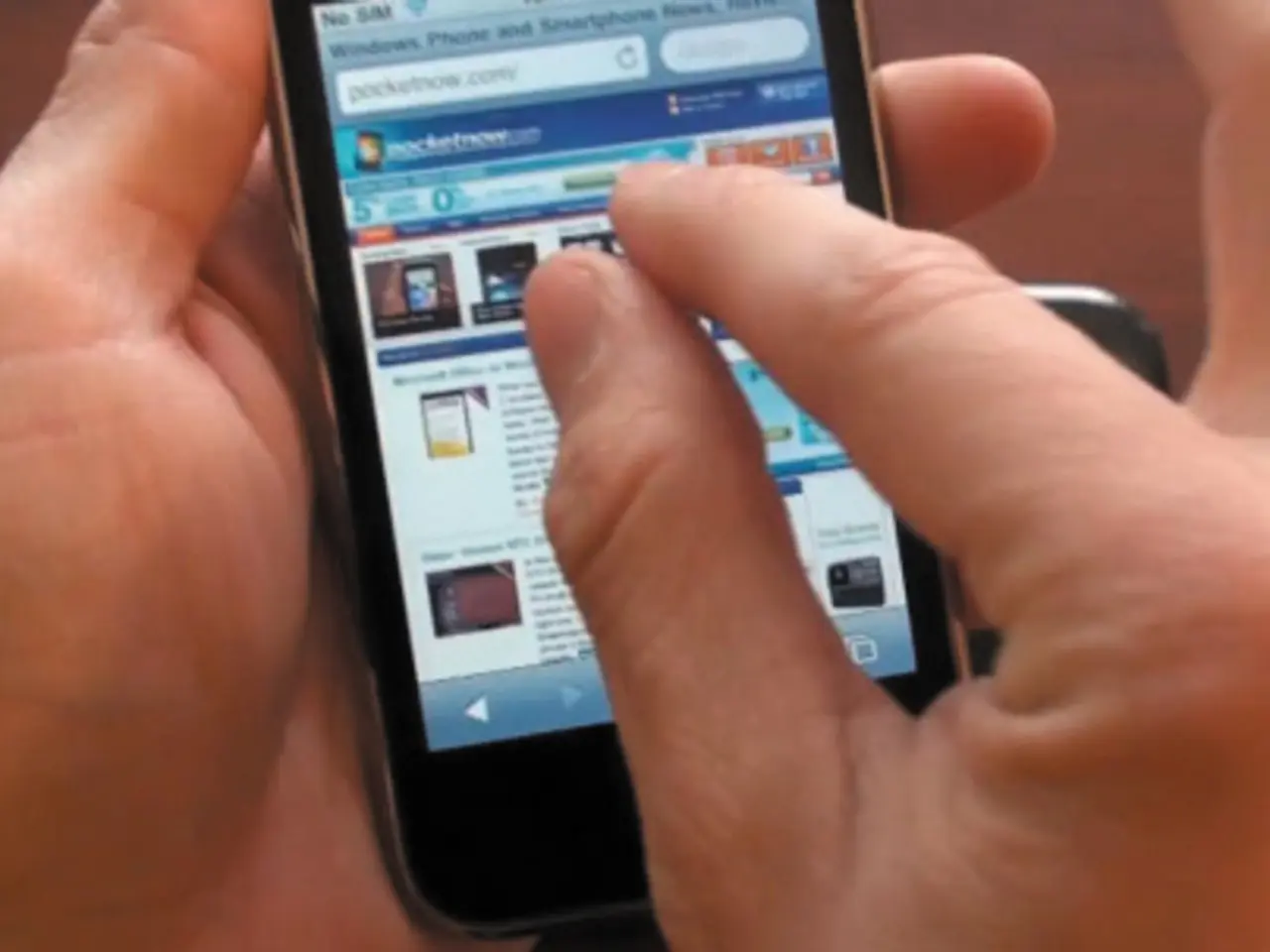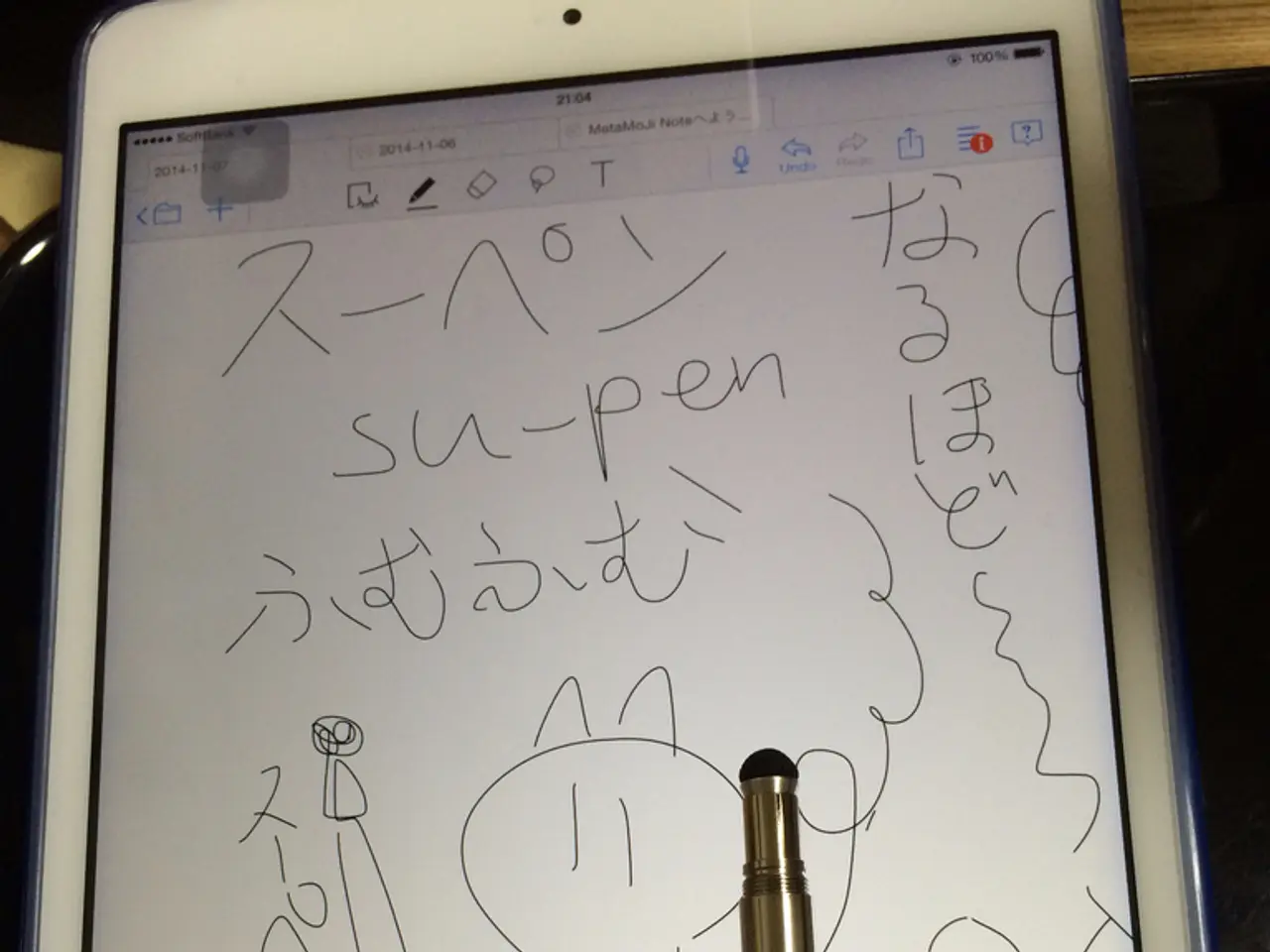Telstra Introduces Direct-to-Cell Starlink Service in Australia
In a groundbreaking move, Australian telecommunications giant Telstra has launched Telstra Satellite Messaging (TSM), making it the first provider in Australia to offer text messaging via Starlink satellites. This service aims to revolutionize communication in remote and rural areas that previously had no mobile signal at all.
TSM works by connecting a satellite-enabled device to Telstra’s satellite network, allowing users to send and receive text messages via satellite rather than terrestrial cellular towers. However, it's essential to note that the service currently supports text messaging only and cannot be used to contact emergency services directly.
The service relies on SpaceX's Starlink Direct-to-Cell technology, which enables supported smartphones to connect directly to low-Earth orbit (LEO) satellites, functioning like a "cell tower in space." Currently, only around 2,000 of Starlink’s 6,300+ satellites support the Direct to Cell feature.
Users must be outdoors with a clear view of the sky for the satellite connection to work. Over 55,000 messages have been sent during trials, confirming support for basic features like GPS coordinates and emojis. Once the service is activated, compatible devices automatically switch to the Starlink satellite network when Telstra's terrestrial network is unavailable.
The service is initially available to Telstra customers on eligible mobile plans using Samsung Galaxy S25 series devices. Future updates will bring voice call support, likely by 2027, and plans are to expand support to more phones, including future Apple models.
While satellite messaging can have noticeable delays compared to terrestrial SMS due to signal travel time, it's a significant leap forward for remote communities. The service has been tested across remote areas in Northern Territory, Western Australia, Queensland, and New South Wales.
However, there are limitations to consider. Messaging only: TSM supports text messages but usually does not support voice calls, multimedia messages, or internet data. Latency: Satellite messaging can have noticeable delays compared to terrestrial SMS due to signal travel time. Device dependency: Users need specialized satellite messaging devices compatible with the Telstra Satellite Messaging system, which can be more expensive and bulky than regular phones. Coverage constraints: While satellite coverage is broad, urban canyons or dense forests may affect signal quality. Message length and frequency limits: Because satellite messaging bandwidth is limited, messages may have stricter size and rate limits than cellular SMS.
For precise and updated information about Telstra’s Satellite Messaging service, including device options, coverage maps, pricing, and technical specifications, visiting Telstra’s official website or contacting their support directly would be recommended.
Telstra's move follows similar launches from international providers like One NZ and U.S.-based carriers. However, there has been no sign of an impending launch of the service in Canada, despite signing a deal with Rogers in Canada in early 2023.
In conclusion, Telstra's Satellite Messaging service is a significant step forward in providing communication solutions for remote and rural areas. It's a testament to Telstra's commitment to connecting Australia and its efforts to bridge the digital divide.
Science and technology have taken a major leap with Telstra's implementation of the Telstra Satellite Messaging (TSM) service, which utilizes SpaceX's Starlink satellites for text messaging in remote and rural areas lacking mobile signals. Space-and-astronomy plays a crucial role in this advancement, as the service relies on Low-Earth orbit (LEO) satellite technology.




